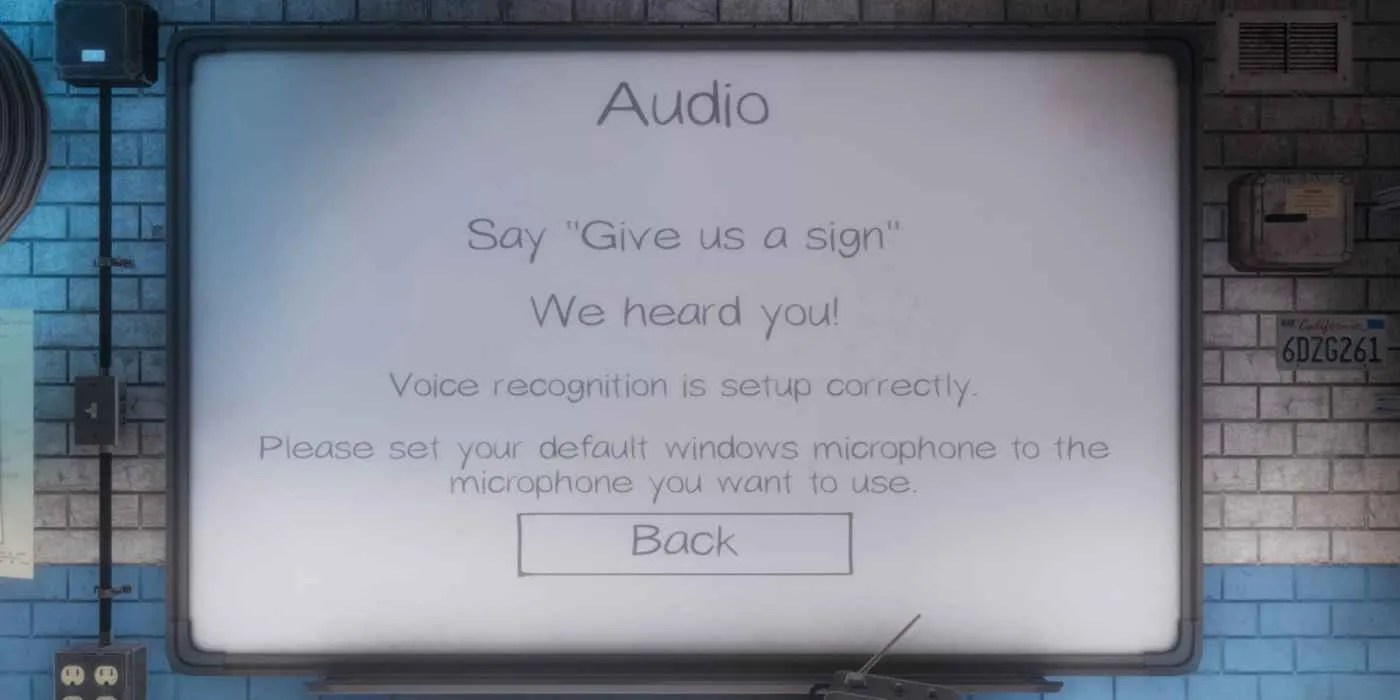Summary
The announcement ofDon’t Screamhas caught the gaming community’s attention as it turns the player’s own microphone against them, but its titular premise can only work so long as those same players don’t try and cheat this mechanic. Capitalizing on players' microphones as part of a game’s core mechanics isn’t an entirely new concept, nor willDon’t Screambe the first in the horror genre to do so, considering the likes ofindie games ranging fromPhasmophobiatoEscape The Ayuowki. Similarly,Don’t Screamwill also be leaning on the found footage trope that has become so common among indie horror games.
ButDon’t Screamappears to seek to bring together these tried and tested elements in order to deliver a gameplay experience that goes much further, such as through theuse of the new Unreal Engine 5that provides far more realistic environments to amp up the fear factor. In particular, the game’s titular gimmick could set it apart from previous like-minded horror games, as if players scream aloud and their microphones catch them, they will be forced to restart the game. However, whileDon’t Scream’s Steam page explicitly demands using a microphone, there could be ways for players to get around this requirement.

RELATED:How Alan Wake 2 Could Improve This Classic Survival Horror Trope
Don’t Scream Only Works With Microphones
Despite being billed as a horror game,Don’t Screamattempts to advise potential players that it is intended to be a “short horror experience” per its Steam page, being only eighteen minutes long. Crucially though, time only moves when the player does, and if the player does scream then the game restarts, which could potentially lengthen the overall experience depending on how individual players approachDon’t Scream. Given that thisindie gameis being developed by a two-person team, it’s understandable whyDon’t Screamis so short and why it’s being released in early access.
But with other aspects like a storyline or lore waiting to be added as development progresses,Don’t Screamis relying on its microphone requirementso that it can deliver the full horror experience as currently intended. But supposing some players might be too scared or too rebellious to play by the rules, then not using their microphones could undermineDon’t Scream’s overall experience. So unlessDon’t Screamcan detect if a microphone is available on the player’s device and ensure its settings are adjusted for the game, players may be left to hold themselves accountable in good faith.

Working Around Don’t Scream’s Microphone Requirement
Supposing thatDon’t Screamdoes include a means of forcing players to use their microphones while playing the game, this still doesn’t prevent the possibility of circumventing its core mechanic. One possible solution would be for players to brute force the screaming gimmick whereby they just scream or shout even louder until the microphone clips off the audio, otherwise known as over-modulation. Since even some ofthe best gaming microphonescan only handle so much input,Don’t Scream’s titular gimmick could have actually and accidentally provided players with a workaround if they are prepared to give themselves a sore throat and a headache.
Players could also attempt to better their odds by either adjusting their settings or the microphone itself. For instance, turning down the gain on the microphone so that it would be harder for it to pick up sound might be one way forplayers to successfully meet jump-scareshead-on, while another could be to just move the microphone as far away as physically possible when playing to achieve the same effect. But while players might try everything in order to not be caught screaming, they should remember that in order to experienceDon’t Screamproperly, they need to be good sports no matter how terrified they are.
Don’t Screamis set to release as early access on October 27 for PC.